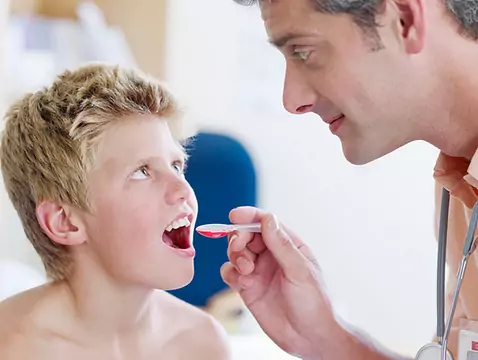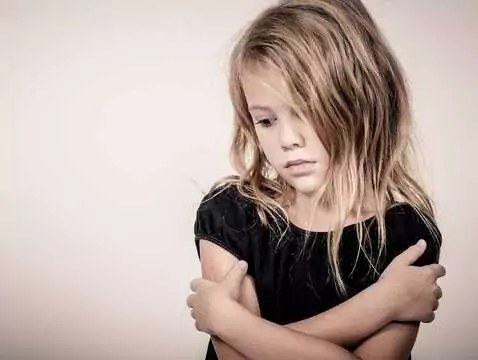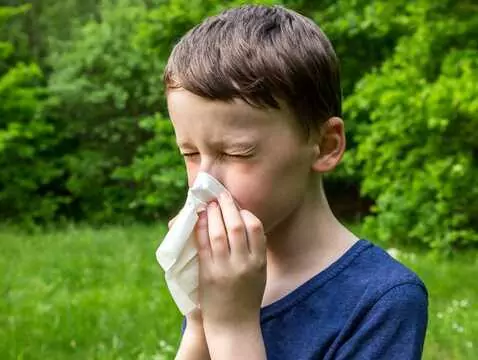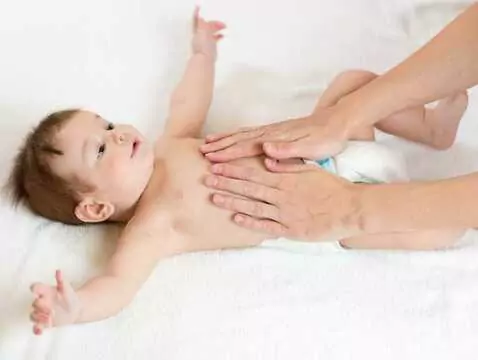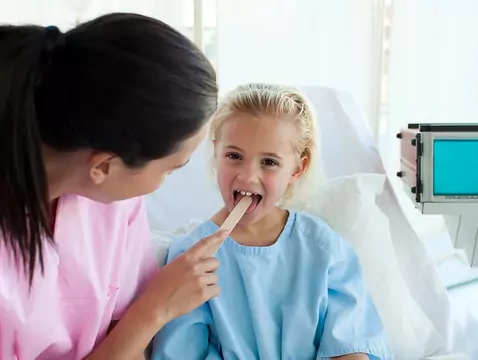Lice and nits are the bane of many a parent. Lice and nits are easy to infect - large groups of children at school, nursery or kindergarten carry the risk of rapid transmission. How do you deal with them? What should you do if you notice that your child has lice?
Ad:





